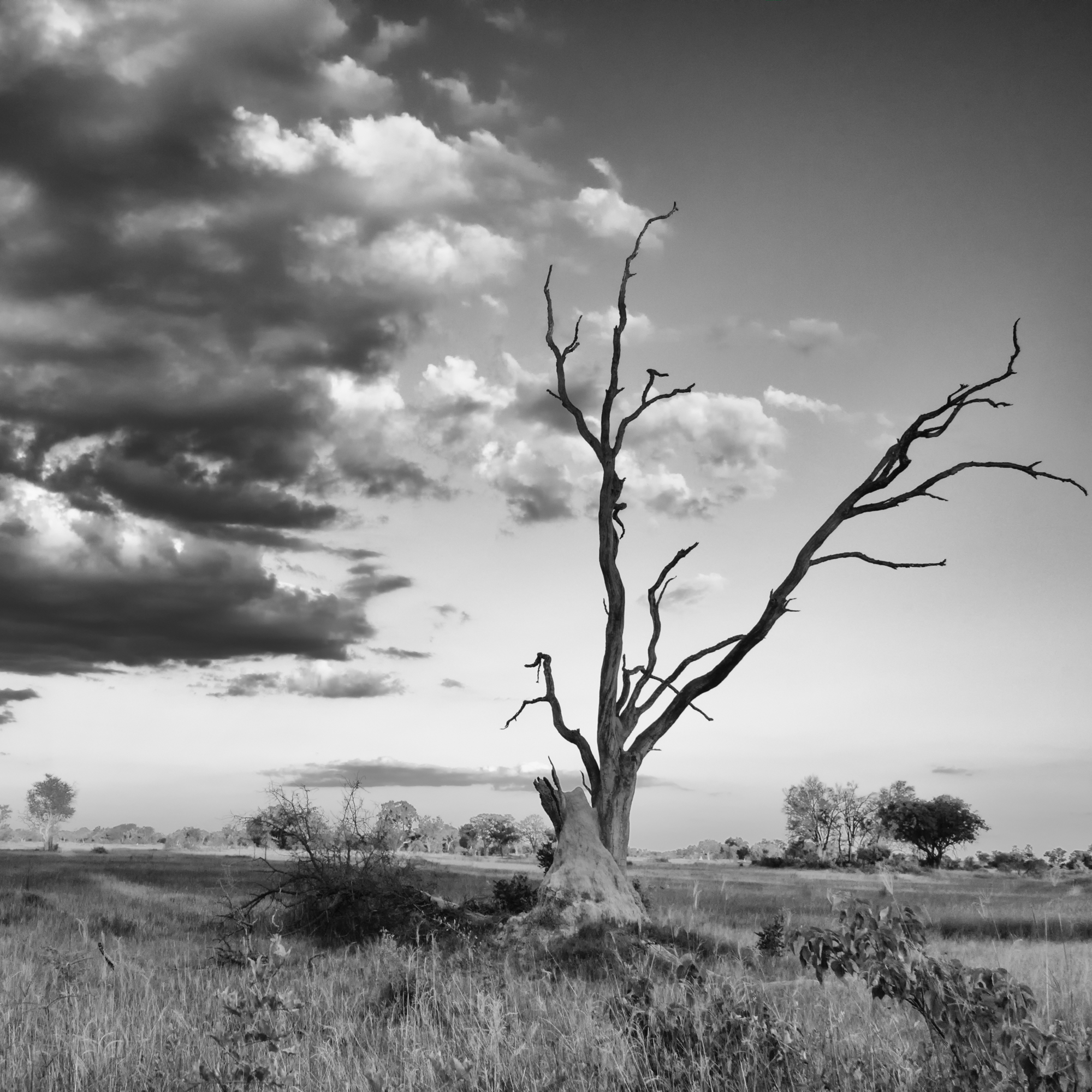I think elephants look stunning in a black and white interpretation. The amazing texture of their skin gets emphasized in such a wonderful way.




Showcasing the beauty of Mother Nature
I think elephants look stunning in a black and white interpretation. The amazing texture of their skin gets emphasized in such a wonderful way.



This week, I felt inspired to play around in Topaz Impressions and create some of my artistic impression images. Or as I like to say, what I would paint, if I could paint :).
Next week, I am going to try and work with the new AI Sky Enhancer that Luminar just released.
Wishing everyone a fantastic week ahead!








A trio of leopard images to start the week. I hope you enjoying, and wishing you a fantastic week ahead.






Wishing everyone a wonderful week ahead!






Mother Nature has certainly not been cooperating with my plans to get out and shoot at night. While I still have images from Joshua Tree that I would like to work through, I thought I would switch it up this week and edit some old images instead.










For this week I worked on a few images from my time in California. Compared to my trips to Africa, I took relatively few photos, but I have a good number that I am interested in playing around with to see what happens.

One of the things I picked up while away was an infrared filter for my camera, and I took it out and started playing around in Joshua Tree when my photo workshop was over. I have so much to learn about all the nuances of infrared photography, but even without doing the proper things, like setting a custom white balance, I am still happy with what I was able to come up with when converting the images to black and white.

